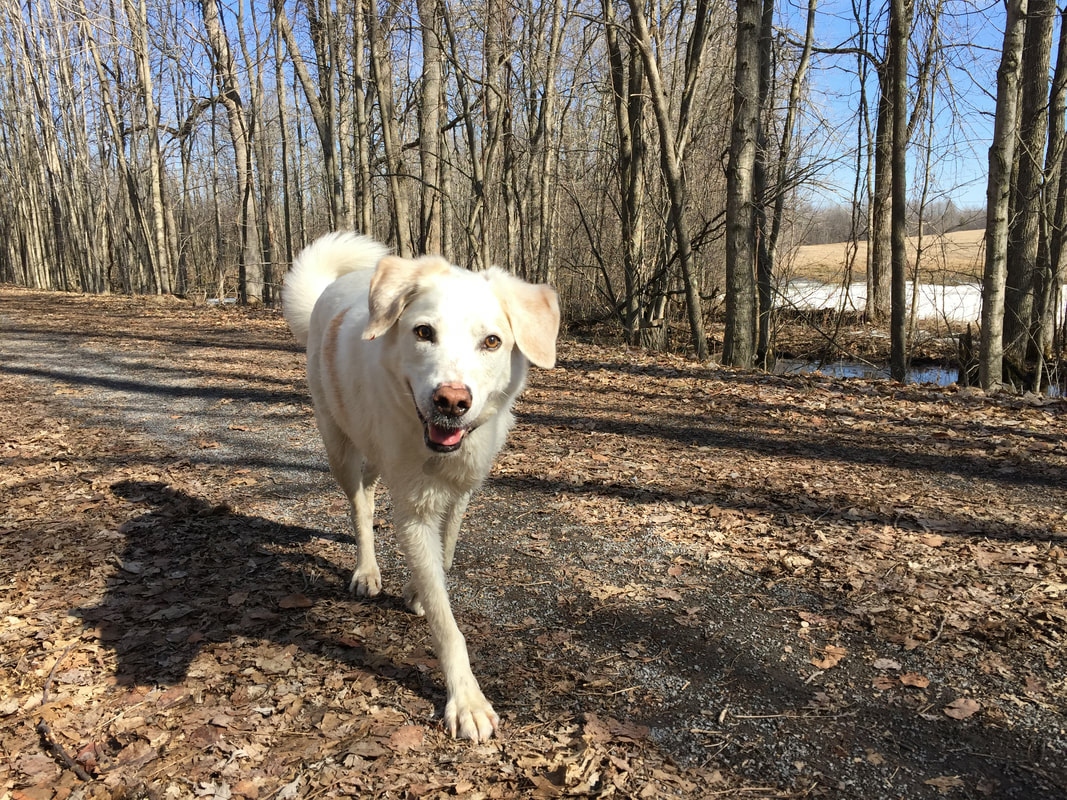PhD Students
|
Caelan Johnson
Project Title: Multi-stressor effects of chloride and calcium on Canadian lake zooplankton community assemblages Summary: Freshwater lakes and streams in Canada are becoming more saline due to runoff of road salt, which is applied to roads during winter as a deicing agent. Some zooplankton—primary consumers that play an important role in preserving ecosystem function in lakes—have demonstrated sensitivity to increased chloride concentrations from this runoff, although results vary among taxa and regions. The reasons for this variation, as well as how it might affect community structure, are not well understood, but some research suggests ambient calcium levels have a role to play. Given the importance of calcium in the development of some zooplankton, it is possible that higher calcium concentrations could ameliorate the toxic effects of chloride for some taxa. My project investigates the potential interactions between chloride and calcium on zooplankton community structure. In the summer of 2021, I conducted a mesocosm experiment at the Queen’s University Biological Station (QUBS). I am currently processing zooplankton samples from this experiment and analyzing other data—I look forward to sharing my results in the coming months! |
MSc Students
|
Céline Lafrance
Project Title: Understanding current environmental conditions & emerging risks in Killarney Park lakes on account of long-standing anthropogenic stressors. Summary: The Killarney, ON, area has experienced significant quantitative and qualitative degradation of its lakes due to nearly a century of mining 100 km NE in Sudbury, ON. Ongoing limnological surveys on a subset of 45 lakes in Killarney Provincial Park have shown changes in their physical habitat characteristics and water quality parameters. Changes include increasing temperatures and shirking water columns that shape phytoplankton and zooplankton community's structure and distribution. As well as decreasing DO and pH which are directly linked to the productivity and stability of aquatic habitats. Although the overall trend is increasing recovery of lake pH, an additional trend of increasing DOC and temperature in acidified lakes has been concurrently observed. The effects of these added stressors on previously distressed & recovering lakes remain unknown. My research objective is to understand how increasing DOC levels, invasive species, and climate warming are influencing oxy-thermal habitats (with emphasis on Lake Trout repatriation) and native zooplankton biodiversity. |

April Laflamme
Project Title:
Summary:
Project Title:
Summary:
|
Ashley Grew
Project Title: Interactive effects of anthropogenic stressors on Northern Clearwater Crayfish, Faxonius propinquus, carapace physiology Summary: Freshwater ecosystems are undergoing major transformations as environments change due to anthropogenic stressors. Two prominent sources of aquatic ecosystem stress are declining calcium concentrations [Ca2+] and climate warming. These stressors could be contributing to crayfish population declines throughout Ontario, and while these stressors have been studied individually, their interactive effects on freshwater ecosystems are largely unknown. My study focuses on the interactive effects of ambient water [Ca2+] declines and rising temperatures on the physiology of Northern Clearwater Crayfish (Faxonius propinquus), the smallest and most common native crayfish species in southern Ontario. By examining F. propinquus carapaces, I hope to determine whether rising temperatures exacerbate the physiological impacts of low ambient water [Ca2+]. |
|
Erin Ford
Project Title: Effects of the Rate of Salinization on Freshwater Zooplankton Communities Summary: Summary: Salinization of freshwater due to road salt runoff is a major ecological concern in many northern temperate lakes, especially in urban areas. Zooplankton are small crustaceans that act as primary and secondary consumers in aquatic food webs and have been shown to be greatly impacted by salinization. Springtime temperatures and freeze-thaw patterns can cause large variation in the rate of road-salt runoff that is entering lake systems. My project will compare the impacts of one concentration of salt that is introduced abruptly or gradually into a system. The project will use mesocosm experiments to examine how zooplankton community structure, functional diversity, and grazing patterns are influenced. Email: [email protected] |
Undergraduate Students
SWEP Students
Abbie-Rose Forde
Dyllon Coubrough
Klaudia Kustra
Sophie Mably
Dyllon Coubrough
Klaudia Kustra
Sophie Mably
Lab Dog
♥Honourable Mention♥
Hank
Special pup who loved to sleep, eat lots of treats, and spread happiness!
Special pup who loved to sleep, eat lots of treats, and spread happiness!










